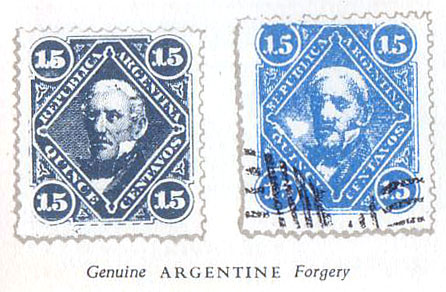Beware of reproductions and antique fakes & forgeries. They are out there and they will trap the unwary.
Firstly, reproductions have been around for a very long time and do have a legitimate function in the antiques market. Only if they are sold as reproductions and not originals.
Any seller can place a reproduction, fake or forgery among genuine antiques and no offence will have been committed. If it is sold as genuine then an offence has been committed under the Trade Descriptions Act. However, if a seller maintains ignorance about an item being genuine or not and you still buy if it then turns out not to be you are very unlikely to get your money back.
It’s always better to know what you’re getting for your money, and the only sure way to increase your chances of knowing, is to know your antique marks, antique terms and how to spot quality.
What is an antique?
The official definition of an antique is applied to any item that is over 100 years old.
So, if you buy an item from an antique shop and it turns out to be less than 100 years old you could potentially have cause for complaint. However, ‘antique’ has now become synonymous with ‘vintage’ and both descriptions are commonly used to describe genuine antiques as well as vintage or general second-hand items.
Today, you would be unlikely to win a court case based on an assumption that something from an antique shop or antique trade stall was over 100 years old. Most established auctioneers and dealers will provide some sort of guarantee and almost all established antique auction houses provided a five year guarantee against forgery.
Restoration
Restoration isn’t always easy to spot and a good restorer can take a severely damaged piece and make it as good as new.
Damage can have a dramatic effect on the value of an antique item, but it is usually fairly noticeable and most experienced buyers/dealers will spot damage from a hundred paces and price accordingly. Restoration isn’t quite so simple and can affect the value just as much as the obvious damage
Always ask if the piece has been restored. This applies even more so if a quality piece is being sold for an unusually low price and relates to everything from furniture to ceramics and even silver and bronze.
This applies even more so if a quality piece is being sold for an unusually low price and relates to everything from furniture to ceramics and even silver and bronze.
Persuading a seller to take something back if you are given the opportunity to examine it thoroughly and ask any questions before buying it, is very difficult unless it is a clear case of misrepresentation. This applies wherever or whoever you buy from, including local auction houses and online internet auctions.
Online internet auctions are slightly different. Here you are relying on pictures, which may or not be of the actual item and which may or not be sharp or in focus or show the base marks. In addition the seller will probably not be an expert in what they are selling or in spotting restoration. Be doubly careful when buying online and make sure you ask all the relevant questions. However, internet bargains can be had and large profits can be made when buying from ill-informed or inexperienced internet sellers.
Most online auctions provide a means of checking a sellers transaction history or reputation with other buyers and you should always check this before buying from them.
Always ask the seller any questions during the buying process… not after you’ve parted with your money. Legitimate sellers will never object to your questions or fail to provide you with truthful answers.
Checking for damage or restoration in antiques
How much damage or restoration is acceptable varies from seller to seller, some items are more vulnerable to damage simply due to their shape and others by their intended use or purpose. Every item has to be evaluated according to it’s age, rarity and desirability so that the collector or buyer can decide whether the condition is acceptable or wait for a more perfect example to come onto the market.
Price is also a consideration, sometimes a rare but badly damaged piece can be added to a collection if it fills a gap until a more perfect piece can be found. The collector just has to make sure they pay the right price for the quality and condition of the piece.
Standards for describing restoration.
The way that damage or restoration is described can vary enormously. There are no hard and fast rules guiding how these aspects are covered and vagueness seems to be the most common policy. However, there are professional bodies such as BADA, and membership of this is only open to dealers with high standards of quality and integrity. Buyers should be reassured by this.
The use of the word ‘restored’ or simply ‘R’ on the label usually means that the seller is reluctant to detail the extent of the repairs, knowing that doing so will probably reduce the value considerably or ruin the sale. A reliable and conscientious dealer will do his best to list all areas of restoration and will also detail this on the bill of sale, along with the approximate date of manufacture.
In light of this it is useful to have some understanding of how to detect restoration for yourself.




















